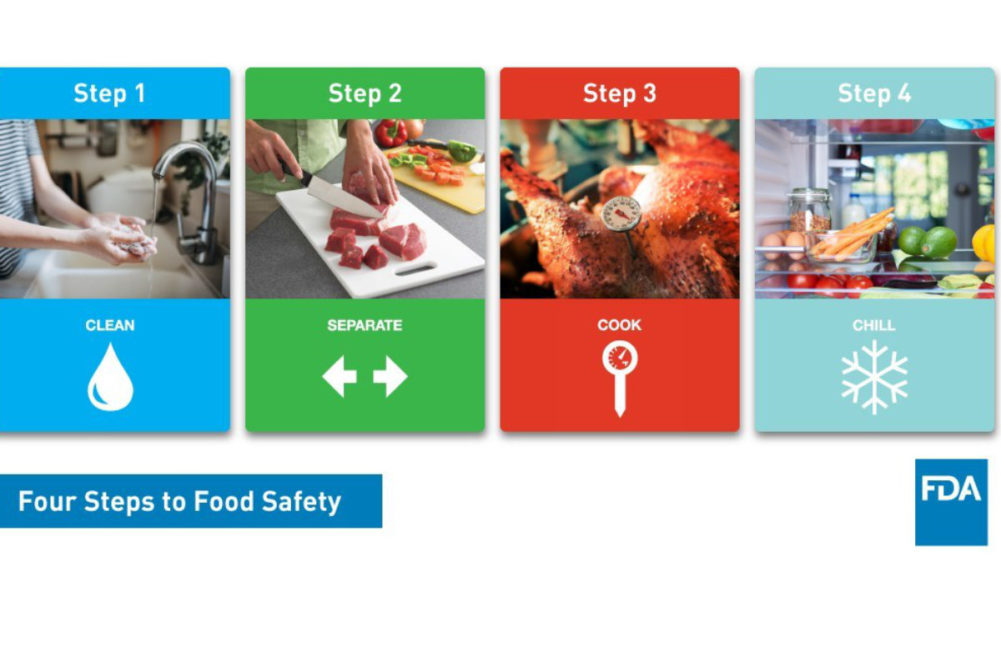SILVER SPRING, MD. — September is National Food Safety Education Month, and the US Food and Drug Administration (FDA) is highlighting education materials to help consumers keep food safe to consume.
The FDA’s newly updated Education Resource Library includes Food Safety in Your Kitchen materials that provide food safety information to help shoppers safely prepare their next meal. Consumers can find recipes (with built-in food safety steps), fact sheets, and tips on safe meal prep, storage, and shopping.
During National Food Safety Education Month, the FDA is putting a spotlight on four steps to food safety that retailers can share with customers:
Clean
- Wash hands with warm water and soap for at least 20 seconds before and after handling food.
- Wash all produce thoroughly under running water so dirt and bacteria are not transferred when cutting and peeling surfaces.
- Wash cutting boards, dishes, cooking tools, and countertops with hot soapy water after preparing each food item.
Separate
- Raw meat, poultry, eggs, seafood, and flour should not come in contact with foods that do not need to be cooked before eating. Keep them separate while shopping, storing, and cooking.
- Use a separate set of cooking tools for raw meat, poultry, eggs, seafood, and flour.
- Don't reuse marinades used on raw foods unless you bring them to a boil first.
Cook
- Check the temperature with a food thermometer! Make sure food is cooked to a safe internal temperature before you eat it. Not sure what the correct temperature is? Here's a quick reminder:
- Poultry should be cooked to 165° F.
- Ground meat, meat mixtures, and egg dishes should be cooked to 160° F.
- Beef, pork, veal, lamb, and uncooked ham should be cooked to 145° F and allowed to rest for 3 minutes.
- Fish and seafood should be cooked to 145° F.
Chill
- Refrigerate or freeze meat, poultry, eggs, seafood, and other perishables within 2 hours of purchasing or cooking (or 1 hour if kept in air temperatures above 90° F).
- Never thaw food on your countertop! For defrosting, stick to using the fridge, immersing food in cold water (change water every half hour to make sure it stays cold) or using cold running water, or thaw during cooking, such as thawing in the microwave and immediately cooking.
Check out our food safety page, for the latest food safety practices.

